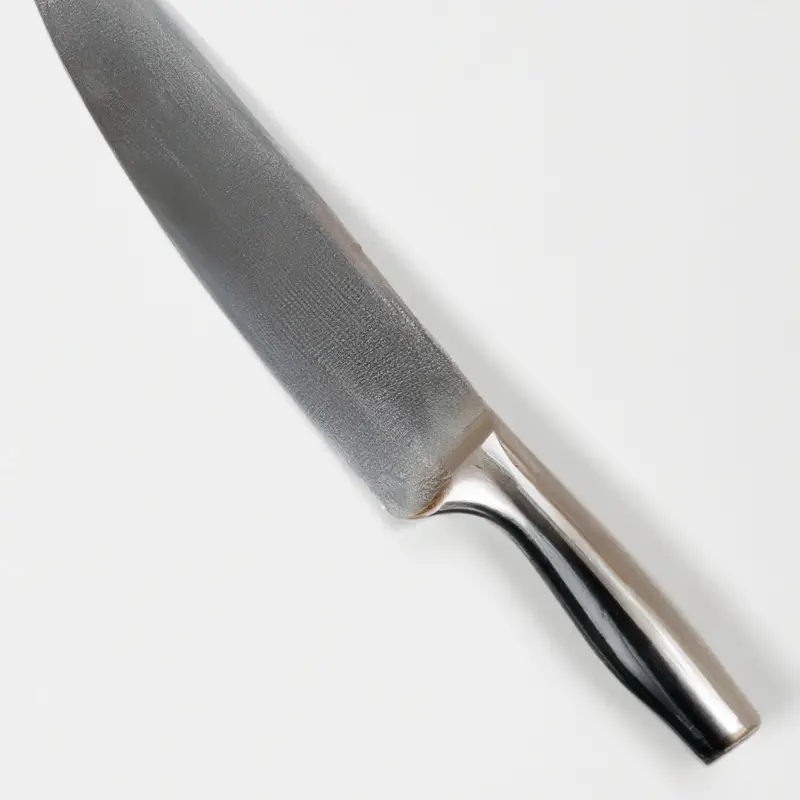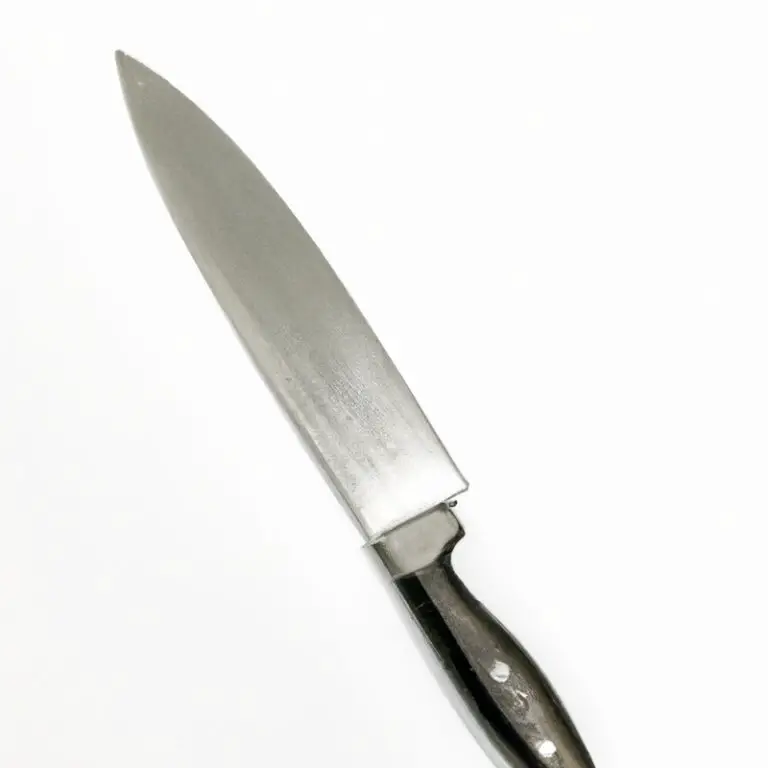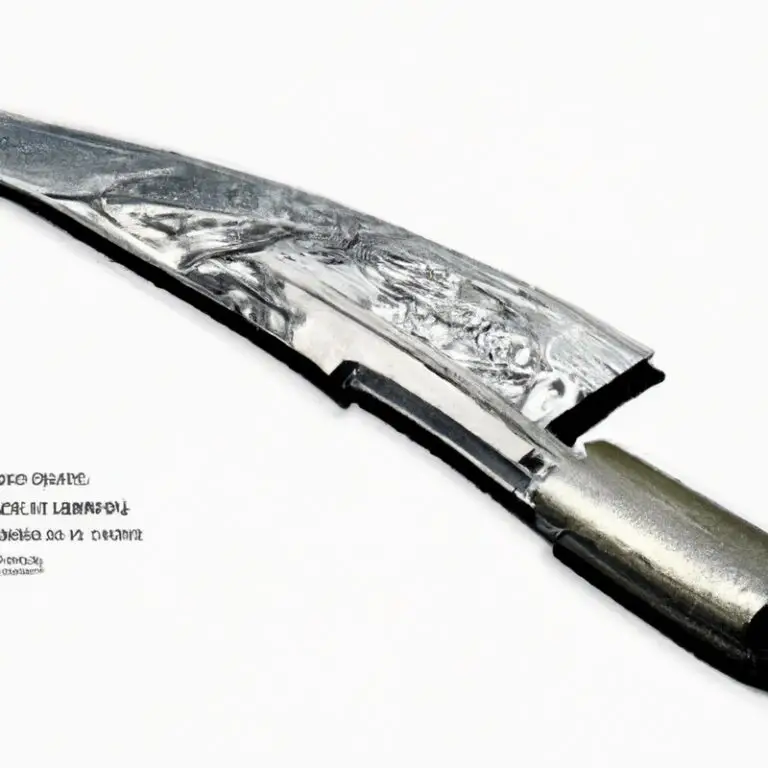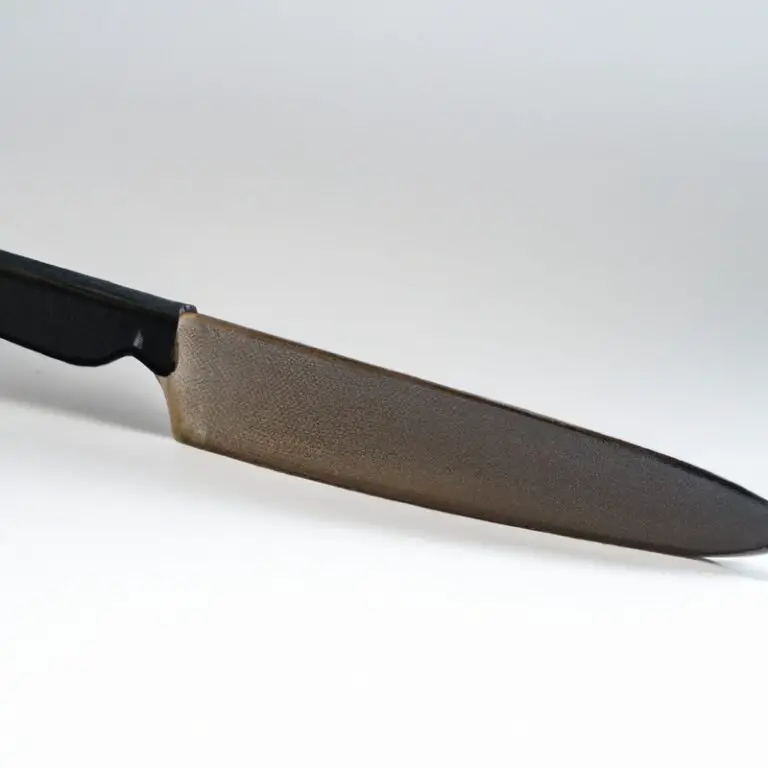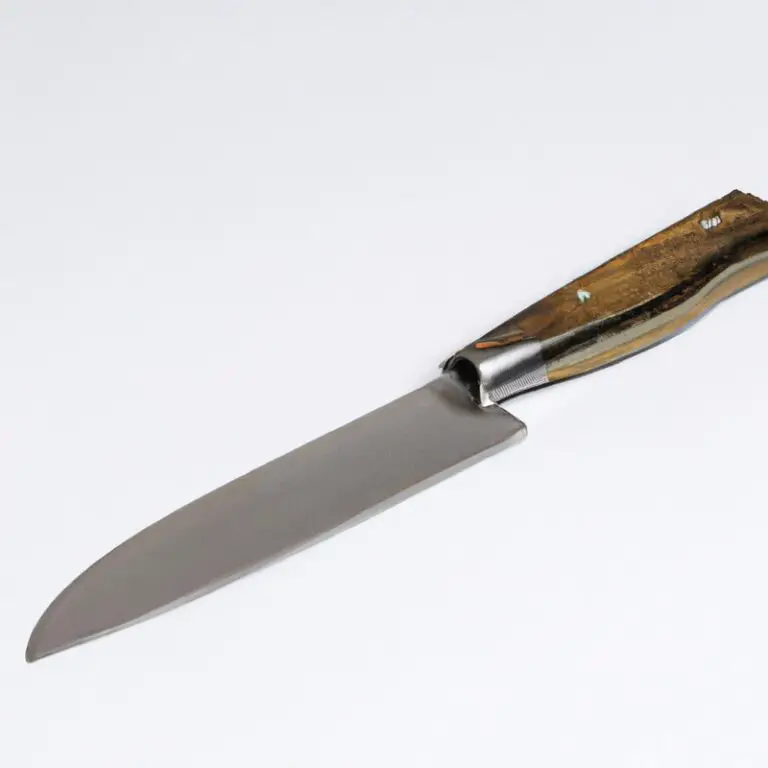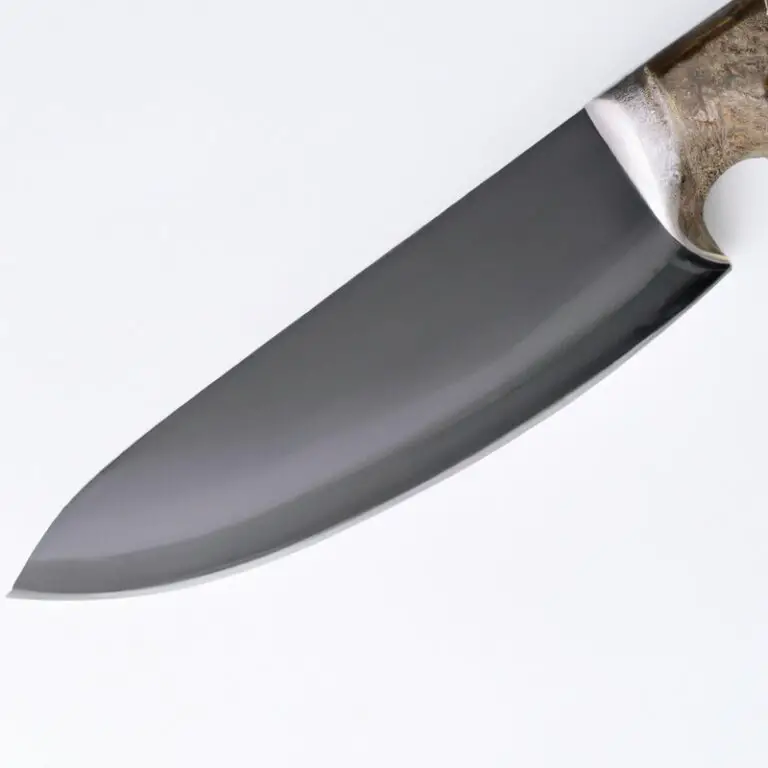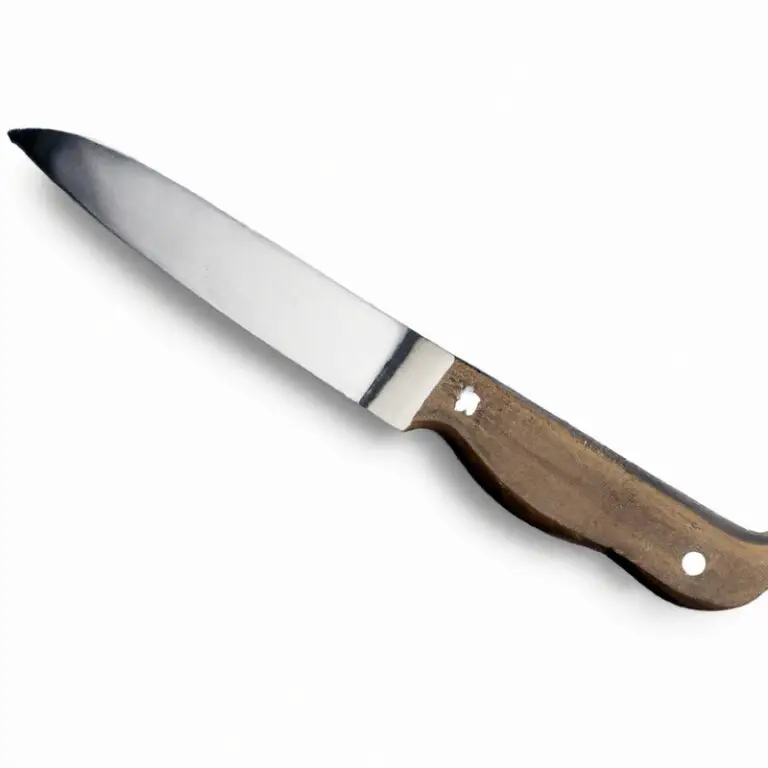How To Fillet a Yellowtail Snapper Using a Fillet Knife – Like a Pro!
Key Takeaways:
- To fillet a yellowtail snapper using a fillet knife, first make sure to have a sharp and well-maintained knife to ensure clean cuts and minimize waste.
- When filleting a yellowtail snapper, pay attention to the anatomical structure of the fish and use a smooth and steady motion to remove the flesh from the bones.
- Proper technique and practice are crucial to successfully fillet a yellowtail snapper using a fillet knife, so don’t be afraid to take the time to develop your skills.
- Filleting your own seafood can be a rewarding and cost-effective way to enjoy fresh fish, but always prioritize safety and sanitation when handling raw seafood.
Do you love fishing for yellowtail snapper but dread the filleting process? Look no further! In this article, I will guide you through the step-by-step process of filleting a yellowtail snapper with the help of a fillet knife.
From choosing the right knife and preparing the fish to removing the skin and pin bones, I’ll cover it all.
Plus, I’ll share some tips for properly storing and cooking with yellowtail snapper fillets. With my expert guidance, you’ll be filleting like a pro in no time!
| Steps | Description |
|---|---|
| Step 1 | Make sure the fish is gutted and scaled. Rinse the fish under cold water and pat dry with paper towels. |
| Step 2 | Place the fish on a cutting board and make a cut behind the gills down to the backbone. Turn the fish around and repeat, cutting behind the gills down to the backbone on the other side. |
| Step 3 | Run the fillet knife along the backbone starting from the head to the tail. Use a sweeping motion to separate the fillet from the bone. Repeat on the other side. |
| Step 4 | Flip the fish over and repeat Step 3 to remove the second fillet. |
| Step 5 | Remove the skin from the fillets by placing the fillet skin-side down on the cutting board. Holding the tail end with one hand, insert the knife between the skin and the flesh of the fish at a 45-degree angle. Use a back and forth sawing motion, keeping the blade as close to the skin as possible, and move the knife along the length of the fillet to remove the skin. Repeat on the other fillet. |
Choosing the right fillet knife for yellowtail snapper
Choosing the right fillet knife for yellowtail snapper is crucial to make the filleting process easier and more efficient. A fillet knife with a flexible and sharp blade is ideal for yellowtail snapper because this type of fish has delicate bones and skin.
An 8 to 9 inches fillet knife will generally work best when filleting yellowtail snapper.
Look for a fillet knife with a comfortable grip as you will have to hold onto it for a while, and make sure it is made of durable materials that can withstand the pressure during use. Avoid using a serrated edge knife, a chef’s knife, or a paring knife as these are not suitable for filleting fish and could potentially damage the delicate flesh of the yellowtail snapper.
Ultimately, using the right fillet knife can ensure a smoother, cleaner, and more enjoyable experience in filleting yellowtail snapper.
Preparing the yellowtail snapper for filleting
To prepare a yellowtail snapper for filleting, first rinse the fish in cold water and remove any scales with a scaler or the dull side of a knife. Next, make an incision behind the gills and cut along the spine toward the tail with the fillet knife.
Flip the fish over and repeat on the other side.
Once both fillets are removed, pull out any remaining pin bones with tweezers. Finally, rinse the fillets in cold water and pat them dry before cooking or storing.
Properly preparing the yellowtail snapper is essential for a successful filleting process.
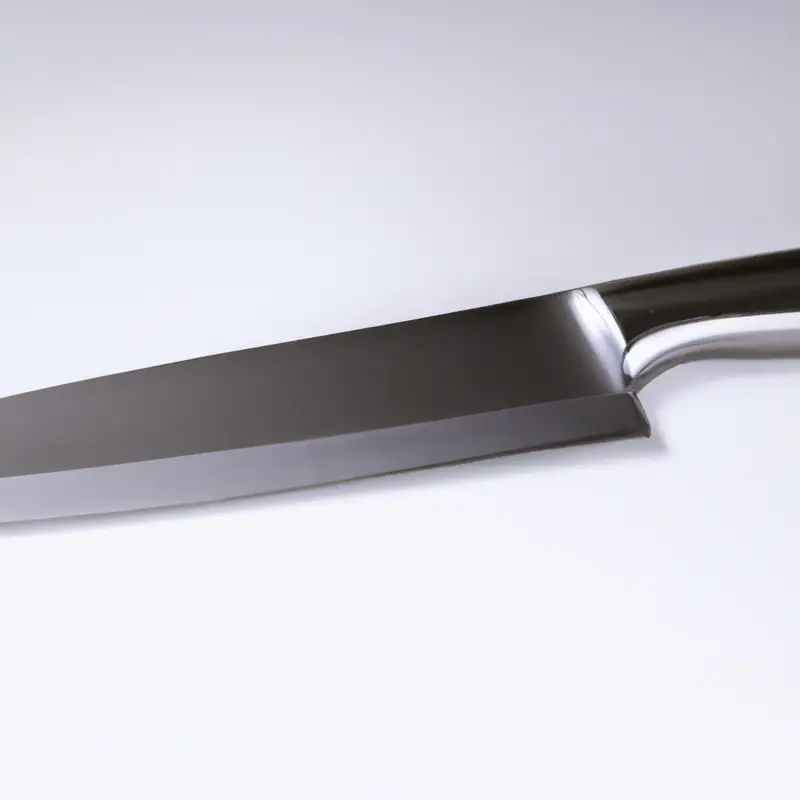
Removing the head and tail of the yellowtail snapper
To remove the head of the yellowtail snapper, place the fish on a cutting board with its head facing you. Use a sharp fillet knife to make a diagonal cut behind the gills on one side of the fish, cutting through the bone until the knife hits the spine.
Then, turn the fish around and repeat the same cut on the other side of the gills.
Next, grasp the fish’s head with one hand and its body with the other hand, apply gentle pressure, and twist the head until it separates from the body. To remove the tail, lay the fish on its side and hold it firmly by the head.
Take your fillet knife and make a diagonal cut behind the tail fin, cutting through the backbone until the knife reaches the spine.
Then, take your serrated knife and saw through the bone until the tail separates from the fish. Repeat the same process on the other side.
With the head and tail removed, you can now move on to making the first incision into the yellowtail snapper.
Making the first incision into the yellowtail snapper
To make the first incision into the yellowtail snapper, place the fish on a cutting board with its belly facing you. With a sharp fillet knife, cut behind the gills towards the fish’s backbone, making a shallow incision.
Turn the knife and gently slide it down the backbone towards the tail, keeping the blade as close to the bones as possible.
Once you reach the tail, cut through the skin to remove the fillet. Repeat the process on the other side of the fish and remember to keep the knife blade flat against the bones for clean cuts.
Removing the skin from the yellowtail snapper fillet
To remove the skin from a yellowtail snapper fillet, start by holding the tail-end of the fillet with one hand and sliding your fillet knife between the flesh of the fish and the skin at a slight angle. Use long strokes to separate the skin from the flesh.
Try to remove as little flesh as possible while taking the skin off.
A sharp fillet knife makes this step easier and faster. Make sure to rinse the fillet after removing the skin and check for any remaining bones before cooking or storing.
Removing the pin bones from the yellowtail snapper fillet
After removing the skin from the yellowtail snapper fillet, look for the line of tiny bones, known as the pin bones, that run down the center of the fillet. Use a pair of needle-nose pliers or fish bone tweezers to grab each bone and pull it out gently in the opposite direction they are pointed.
This step ensures that the fillet is bone-free for a more enjoyable eating experience.
After you remove all the pin bones, use a paper towel or a damp cloth to wipe the fillet down carefully, and it’s ready to cook.
Cleaning up the yellowtail snapper fillet
Cleaning up the yellowtail snapper fillet requires attention to detail and a steady hand. Once the skin and pin bones have been removed, inspect the fillet for any remaining bones or scales.
Use a sharp knife to carefully trim off any remaining scales or bones to ensure a smooth, even fillet.
Rinse the fillet under cold water and pat it dry with a paper towel. To further clean the fillet, consider using a pair of fish tweezers to remove any remaining pin bones.
Run your fingers along the fillet to locate the bones and gently pull them out in the direction they are pointing.
Be sure to inspect the fillet thoroughly to ensure all bones have been removed. Once the fillet has been cleaned, it is ready to be cooked or stored.
It is important to handle and store the fillet properly to maintain its quality and freshness.
Store the fillet in the refrigerator or freezer in an airtight container or bag. Use within a few days if refrigerated or within a few months if frozen.
Now that you have learned how to clean up a yellowtail snapper fillet, it’s time to repeat the process for the other side of the fish.
With a little practice, filleting a yellowtail snapper using a fillet knife can become a quick and easy task.
Repeat the process for the other side of the yellowtail snapper
After removing the fillet from one side of the yellowtail snapper, repeat the same process for the other side. Make the incision behind the gills and down the spine, then glide the fillet knife between the flesh and bones to detach the fillet.
Remember to use long, smooth strokes and to keep the knife blade as close to the bones as possible to get the most meat.
Once the fillet is detached, remove the skin and any remaining pin bones, and clean up the fillet. Repeat the process for the other side, and you’ll have two beautiful fillets of yellowtail snapper to cook.
Properly storing and handling the yellowtail snapper fillets
Properly storing and handling yellowtail snapper fillets is crucial to maintain their freshness and quality. After filleting, rinse the fillets with cold water and pat them dry with paper towels.
Then, wrap the fillets tightly in plastic wrap or aluminum foil, making sure that there is no air inside the packaging.
Place the packaged fillets in the coldest part of your refrigerator, preferably at 32-34°F, and consume within two to three days. If you plan to store the fillets for a longer time, consider freezing them.
To freeze the fillets, wrap them again in plastic wrap or aluminum foil and place them in a freezer-safe bag.
Label the bag with the date and store it in the freezer at 0°F or below. When you are ready to use the frozen fillets, thaw them in the refrigerator overnight before cooking.
Avoid trying to refreeze previously frozen fillets, as it can lead to the growth of bacteria and spoil the fish.
Additionally, make sure you always use clean surfaces and utensils when handling the fillets to prevent cross-contamination. Properly storing and handling your yellowtail snapper fillets will help you get the most out of this delicious fish.
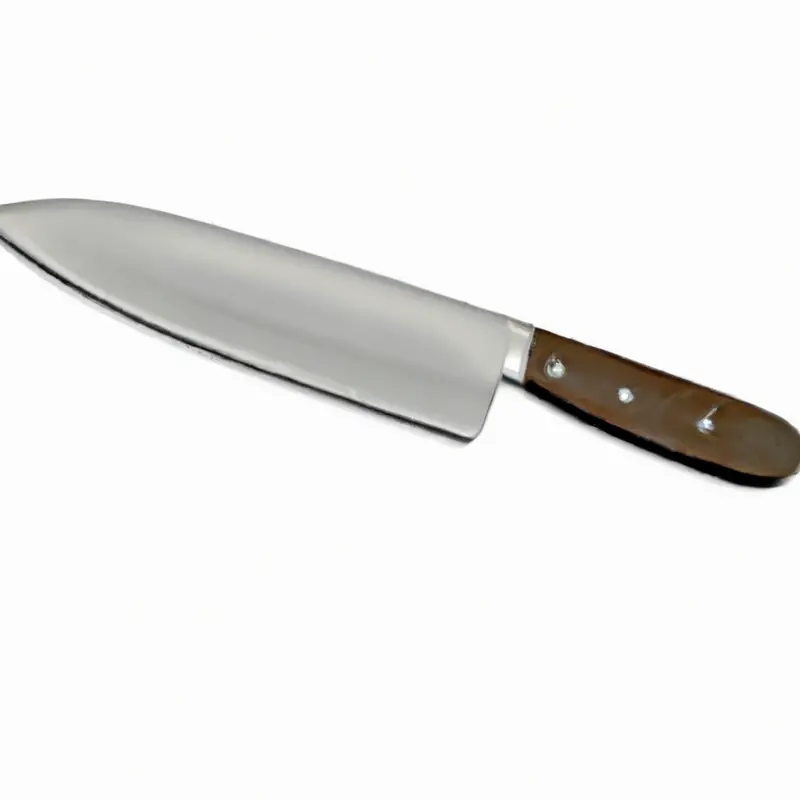
Tips for cooking with yellowtail snapper fillet
When it comes to cooking yellowtail snapper fillet, keep in mind that it’s a versatile fish that can be prepared in a variety of ways. Here are some tips to help you make the most out of your yellowtail snapper fillets:
- Consider the flavor profile: Yellowtail snapper has a mild, sweet flavor, so it pairs well with a variety of ingredients like citrus, herbs, and spices.
- Cooking methods: Yellowtail snapper fillets are best cooked either over high heat, such as grilling or broiling, or in a pan with some oil or butter. It can also be baked or roasted, depending on your preference.
- Seasoning: Keep the seasoning simple with salt, pepper, and some fresh herbs. If you want to add more flavor, try a simple marinade using citrus or vinegar.
- Don’t overcook: Yellowtail snapper is a delicate fish that should be cooked until just flaky. Be careful not to overcook it, as it can become dry and lose its flavor.
- Serving suggestions: Serve yellowtail snapper fillet with a side of veggies or rice. It can also be used in tacos, salads, or even sushi.
By following these tips, you can prepare a delicious and flavorful dish using yellowtail snapper fillets.
Final Verdict
Filleting a yellowtail snapper can seem like a daunting task, but with the right fillet knife and techniques, it can be done with ease. Remember to prepare your yellowtail snapper properly before beginning the filleting process, and take your time with each step to ensure a clean and quality fillet.
By following the steps outlined in this guide, you can confidently fillet a yellowtail snapper and prepare it for a delicious meal.
With proper storage and handling, your yellowtail snapper fillets will maintain their freshness and quality. So go ahead and try filleting a yellowtail snapper today, and enjoy the tasty rewards of your efforts.
Happy fishing and cooking!

